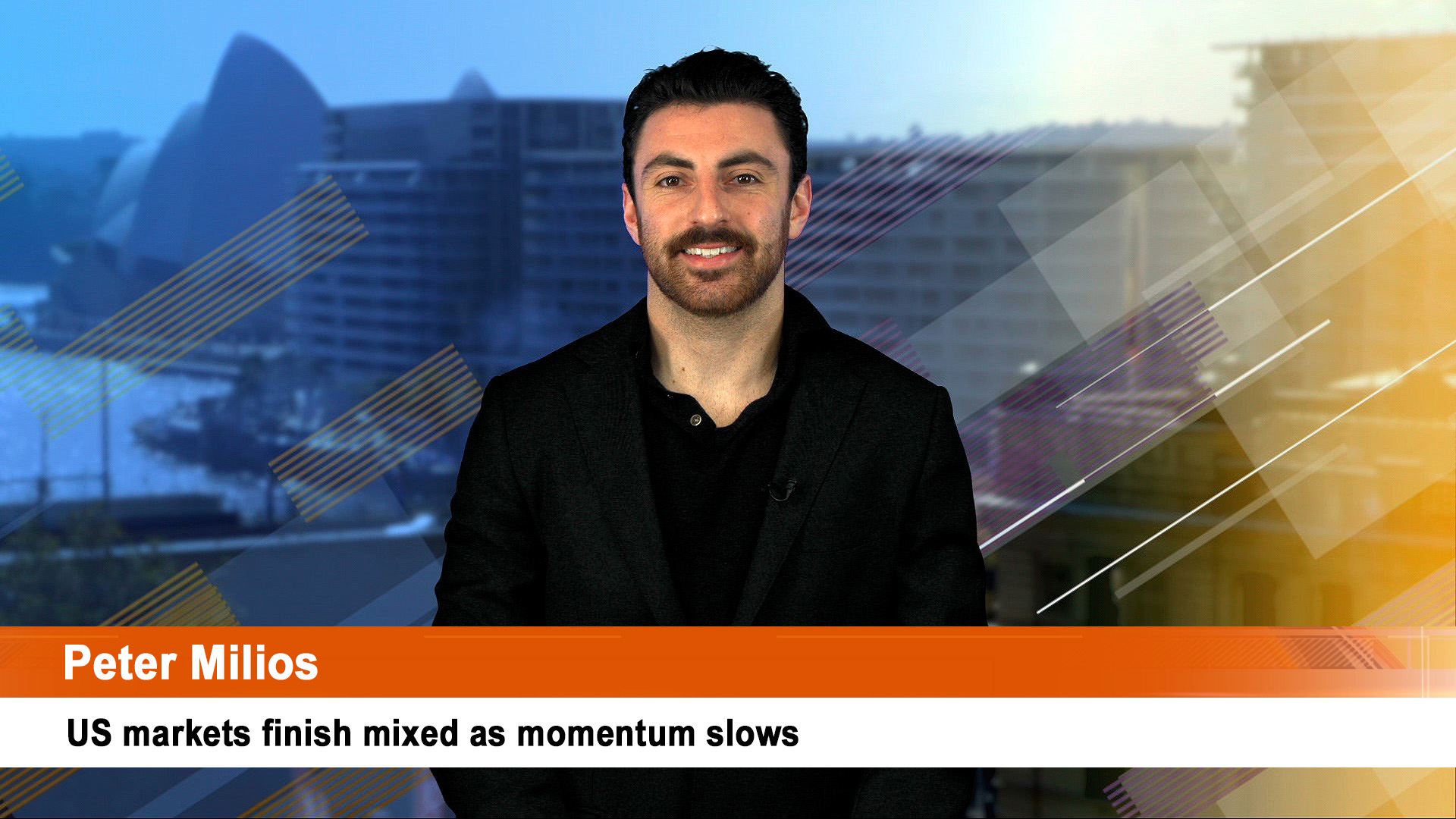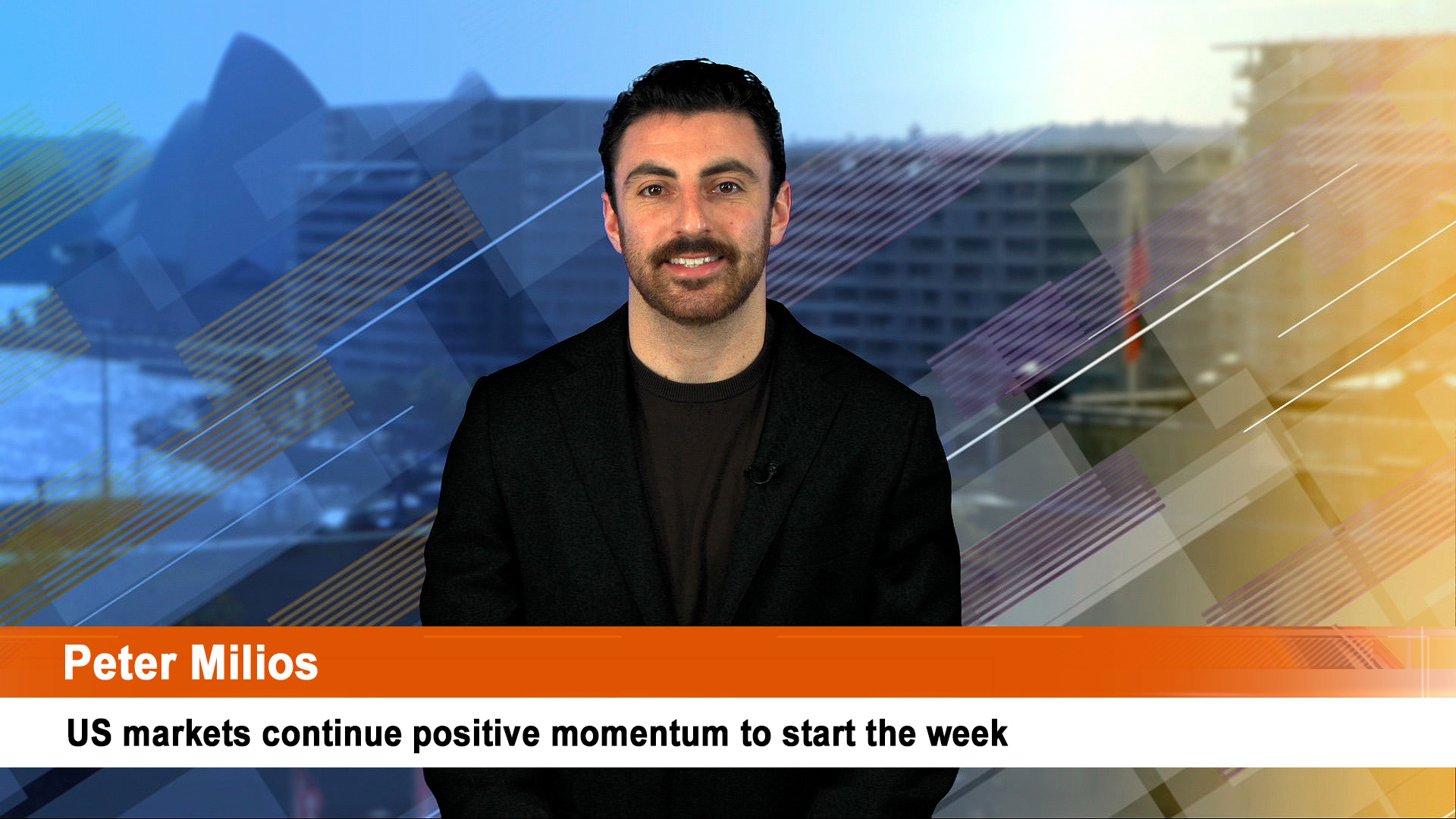Watch for an interest rate cut or another relaxation in the reserve asset ratio for Chinese banks in the next few days after November’s production and sales report showed a weakening economy that looks like it is approaching stall speed.
China has already cut the reserve ratio for the country’s banks four times this year to liberate more than $US400 billion for lending to mostly small and medium companies, to no avail. China last cut interests rates in August of 2017 (along with a reserve ratio cut).
The November data shows the world’s second-largest economy has been losing momentum in recent quarters as a multi-year government campaign to curb shadow lending and cut pollution in northern industrial cities has strained corporate China and pushed down on investment and output.
November’s industrial production, investment, and retail sales figures were all weaker than forecast, trade slowed, producer price and consumer price inflation eased – all signs of an economy running in a lower gear and looking to go lower.
Friday’s data showed industrial output at a post-GFC low while retail sales growth fell to their lowest since 2003.
According to the National Australia Bank economics team these indicators point to slowing economic growth in the current 4th quarter. “ ur forecasts remain unchanged, with China’s economy growing by 6.6% in 2018, down to 6.25% in 2019 and 6.0% in 2020,“ the NAB team wrote in a note late Friday.
China’s industrial production growth slowed noticeably last month – increasing by 5.4% year on year (compared with 5.9% in October and a forecast for a similar rise last month).
“This was well below market expectations, and was the same growth recorded in the January-February period in 2016, which was the weakest rate recorded since the GFC,” said the NAB note said.
Export orders were particularly weak thanks to the loss of confidence caused by the Trump trade war. The NAB report said there was a marked slowdown in the growth rates of China’s exports and imports in November, “which may reflect the deterioration in the global trading environment (following the dispute between the US and China).”
But other economists point out that the slowdown in exports may also reflect timing impacts of US tariffs – with purchases brought forward ahead of the second round of measures in late September which are due to start on January 1.
“The outlook from here is highly uncertain,” The NAB commented.
China’s nominal fixed asset investment grew a little more slowly in November. However, the sharp downturn in producer prices – which flow through into investment goods – meant that real investment growth increased, up by 5.6% year on year from 5.3% in October. That was a hardly convincing rise in output for the month.
Retail sales rose 8.1% in November from November year earlier, well below expectations for an 8.8% rise and the slowest since May 2003. In October, sales rose
Figures for China’s property market showed sales slowing further in the year through November. Floorspace sold grew just 1.4% year on year for the period and grew 12.1% in value terms, with the latter being the slowest rate in six months.
Private-sector fixed-asset investment rose 8.7% in January-November, compared with an increase of 8.8% in the first 10 months.













